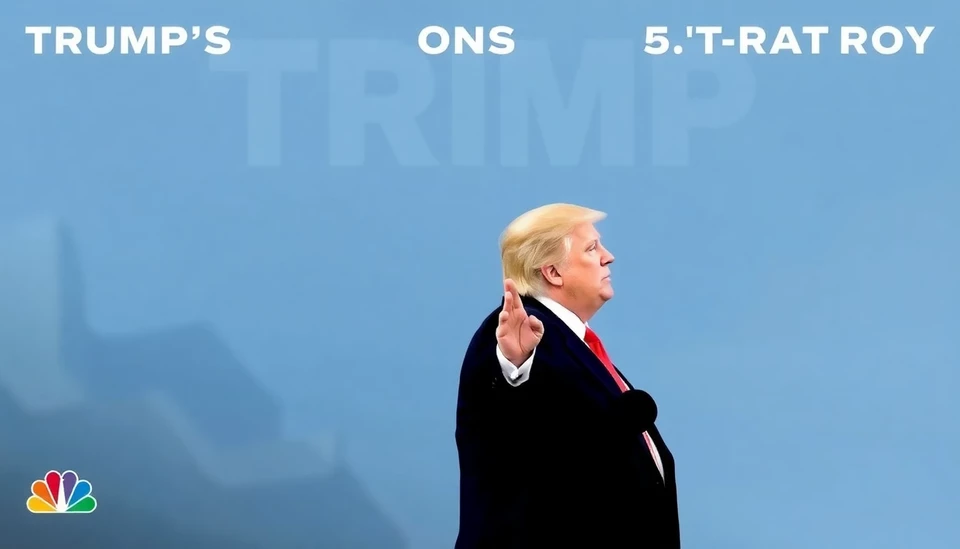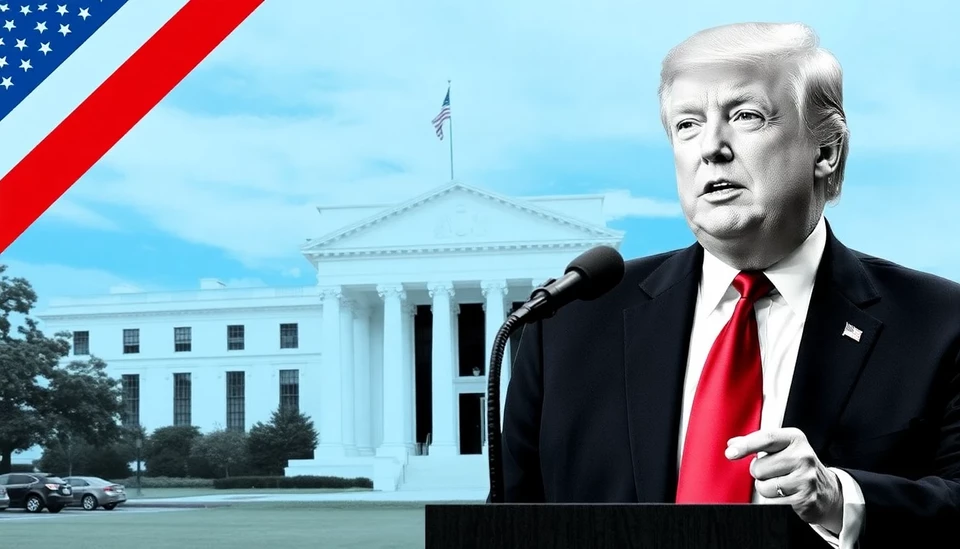
In an ongoing saga that has perplexed both domestic and international markets, former President Donald Trump's shifting stance on tariffs continues to generate significant confusion among businesses and lawmakers alike. As Trump re-emerges in the political spotlight, his recent pronouncements regarding tariffs signal a potential reversion to a protectionist stance, reminiscent of his presidency.
Initially, Trump hinted at the possibility of ramping up tariffs on numerous imports, including crucial goods from China, in a move aimed at bolstering American manufacturing. This declaration drew immediate concern among economists and business leaders who warned that such a strategy could lead to inflationary pressures and disrupt global supply chains that have only recently begun to stabilize following the pandemic.
However, in a startling reversal, Trump soon suggested that he might reconsider the implementation of these tariffs, asserting that he was open to negotiating with U.S. allies and acknowledging the potential drawbacks of heavy trade restrictions. This inconsistency has left many in the business community on edge, unsure of how to adjust their strategies moving forward.
The unpredictability of Trump's tariff intentions has prompted a renewed debate in Congress about the future of U.S. trade policy. Lawmakers express frustration over the lack of a coherent strategy that could guide domestic businesses in a post-pandemic recovery. Supporters of Trump argue that he is merely being pragmatic, trying to find a balance that protects American interests while maintaining essential trade relationships.
Economic analysts are closely monitoring these developments, as the potential for increased tariffs could exacerbate price increases on consumer goods. The conflicting messages cause substantial difficulties for importers who must make decisions in an environment marked by vague prospects and shifting deadlines.
As the situation continues to evolve, the global market's response reflects concern over Washington's uncertain trade policies. Business leaders are left grappling with the implications of Trump’s rhetoric, and many are advocating for a more stable approach to tariffs that would support international collaboration rather than sow fear among trade partners.
In summary, Trump's on-again, off-again tariff strategy is creating waves of uncertainty that could have lasting ramifications for U.S. trade relations and the broader economic landscape. The inconsistency of his approach is a reminder of the delicate balance of power and influence in international trade — one that could either fortify American interests or invite unforeseen complications.
As we look towards the future, the question that remains is whether Trump will settle on a definitive course of action regarding tariffs, or if this uncertainty will continue to ripple through the economy for the foreseeable future.
#Trump #Tariffs #TradePolicy #Economy #InternationalTrade #MarketUncertainty
Author: Laura Mitchell




